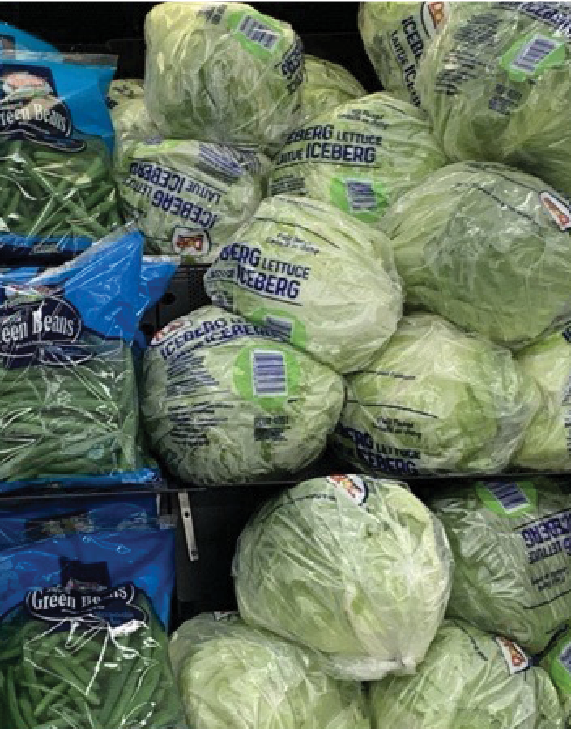In a nation where convenience often takes priority over the health of its citizens, the American food industry is grappling with growing concerns over nutrition, sustainability, and honesty to its consumers. From the increasing amount of processed food with unnecessary additives like artificial sweeteners, trans fats, and high fructose corn syrup. Not to mention the severe environmental impacts of the commercialized agricultural industry, the system designed to provide nourishment is causing far more problems than it is fixing, this raises questions as to the future of the American food industry and the peoples demands for healthier and more nutritious foods, an example of this is the highly processed food they serve here at East, most significantly the breakfast food which is high in sodium and carbohydrates but lacking in nutrition and variety for students with different restrictions on their diets. Each morning I make the conscious choice to eat breakfast at home before I leave for school in the morning and if I had the option I would never eat school lunch as it lacks the capacity to keep me full throughout the school day and does not contain the proper nutritional value for a teenager.
The American food industry initially started providing school lunches in 1946 and in 2010 would later put limits on the amount of salt, fat, and unnecessary calories. According to Stanford University, “These standards limit the amount of salt, fat, and calories in school meals and standardize other requirements, such as ensuring that meals include whole grains, fruit, and vegetables. Yet, no standard currently limits added sugar in school meals. The need for such a check has become urgent because research shows that school meals exceed the daily limit recommendation of added sugars per day,” according to Stanford University.
There are general limits on certain additives in school meals, but there lacks any specific limits on added sugars, so school meals can remain unhealthy and without specific restrictions. Without healthy meal options students will struggle to retain their energy to be successful in school.
Many families often find themselves struggling to get by with limited access to nutritional food that has health benefits for both parents and children. According to the Centers for Disease Control and Prevention “Food insecurity — which occurs when access to adequate food to live a healthy life is limited by a lack of money or other resources — is a major public health problem in the US that contributes substantially to the burden of chronic disease and poor mental health,” according to the Centers for Disease Control and Prevention. A lack of food access can make the lives of families experiencing poverty more stressful. “Food loss and waste is estimated to be roughly one third of the food intended for human consumption in the United States. When food is discarded, all inputs used in producing, processing, transporting, preparing, and storing discarded food are also wasted,” according to the U.S. Department of Agriculture.
Food waste from big corporations is a high contributor to ground and water pollution as well as the overflowing landfills that litter the United States and the rest of the world. The American food industry has shown that it requires significant improvement to better its production of goods for its consumers, and to better the health of the American people and most importantly to improve the nation for future generations.
Categories:
Food for thought: The deepening issues in America’s food industry
Hanna Faught, Staffer
October 17, 2024
0






